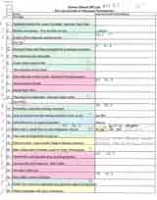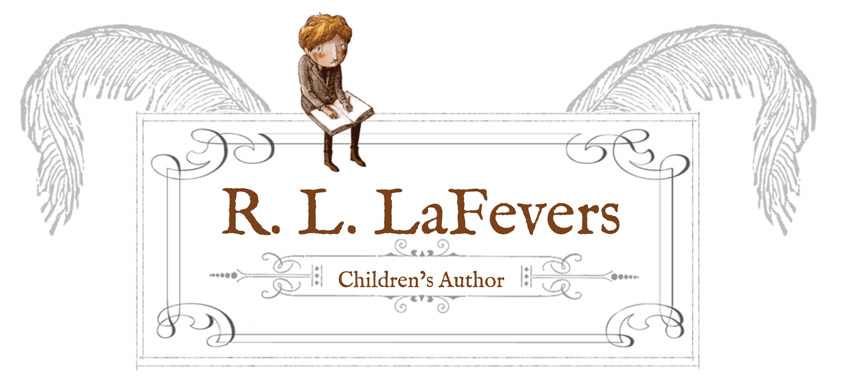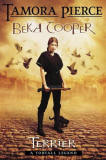When we were young, one of my brothers used to love to march. No matter how much he was balking at doing something or going somewhere, if you got him to march, he’d be okay. And of course, any of you fellow marchers out there recognize the call out for marching: Left. Right. Left-right-left.
Which oddly enough, described my writing process. (Oddly because I do not now, nor have I ever, had any interest in marching.) Only my left or right has to do with brain hemispheres rather than high-stepping.
Step One – Left Brain: Outlining and plotting.
When I outline, it is admittedly a rather messy process, but it is also organizational. I’m laying the foundations for structure, so it goes in the left brain category. In addition to exploring character and the story voice, I’m puzzling out the plot, what the conflict is, if it can sustain an entire book, what the turning points are, how the acts might break down. The thing is, I don’t force myself to adhere to this outline, and it almost always evolves during the course of the book as I get to understand my characters better. But it does give me some idea of where to go, of what to actually put on the page.
Step Two – Right Brain: The discovery draft.
This is pure, right-brained creative writing. Now that I have a basic sense of where I’m going, I just let ‘er rip. I try really hard to not censor anything and allow myself to go with whatever my subconscious tosses up at me. There’s tons of terrific stuff down there in our mental basement, along with an entire group of muses wanting to have their say. In Theodosia, much to my chagrin, I found I kept writing about her hat, and her not wearing one and getting in trouble for it. Enough already, I thought. But then at the end, I realized the hat was a lovely concrete object to stand in for her Father’s feelings toward her. If I had censored that out or tried to stifle it in any way, I would have missed out on a terrific ‘showing’ detail that kept me from having to ‘tell’.
Step Three – Left Brained: Structure
Once I’ve put aside the discovery draft to ferment, the structure loving half of my left brain comes out to play. And yes, even the left brain likes to play, even if it’s preferred method of play makes your palms break out in a sweat. I make lists of every scene in the book. On a spreadsheet. In one column I might note the source of conflict, to be sure there is one in that scene, and the next column might note what the plot goal of the scene is. If I have many subplots or plot threads, I’ll color code the scenes so I can be sure I’m keeping them balanced and not dropping any sub plot for too long a time. (Some people achieve these same goals with notecards or storyboards.) The thing I love about this method is that it allows me to see my entire novel at a glance, which is hugely helpful when looking at structure. And yes, I even—horrors!—graph my plots. (Just ask anyone who’s taken my online Revision class.) It allows me to check for rising action, to make sure the novel is getting more dramatic, more tense the closer to the end that I go.
Step Four – Right Brain: Deep Characterization work
This is where I go deep into all my characters heads. I usually have a pretty thorough idea of the main character, but in order to fully flesh out the novel, I have to know equally well all the characters. So I spend a few weeks journaling each of them to be sure I understand their motivations so I can make their actions and interactions believable. This is also where I look for all the breadcrumbs the Girls in the Basement might have left me. Things like the hat, that might lead me to something rich or thematic. You’d be surprised at how many clues your subconscious can leave you!
Step Five – Left Brain: Weaving and Polishing (Sounds like a day at a spa, doesn’t it? I wish!)
This is where I go in and weave everything from steps three and four into the manuscript and do a final editorial polish, cutting as much prose as I can. I am a huge overwriter (although, not on purpose) and Theodosia’s voice is especially prone to this, so I cut cut cut.
Such is my bizarre process. I realize it doesn’t work for everyone. Heck, it might not work for
anyone but me, and that's fine. We writers are notorious for needing to march to our own drummer. (Ha! Get it? MARCH! I crack myself up some times.)



























